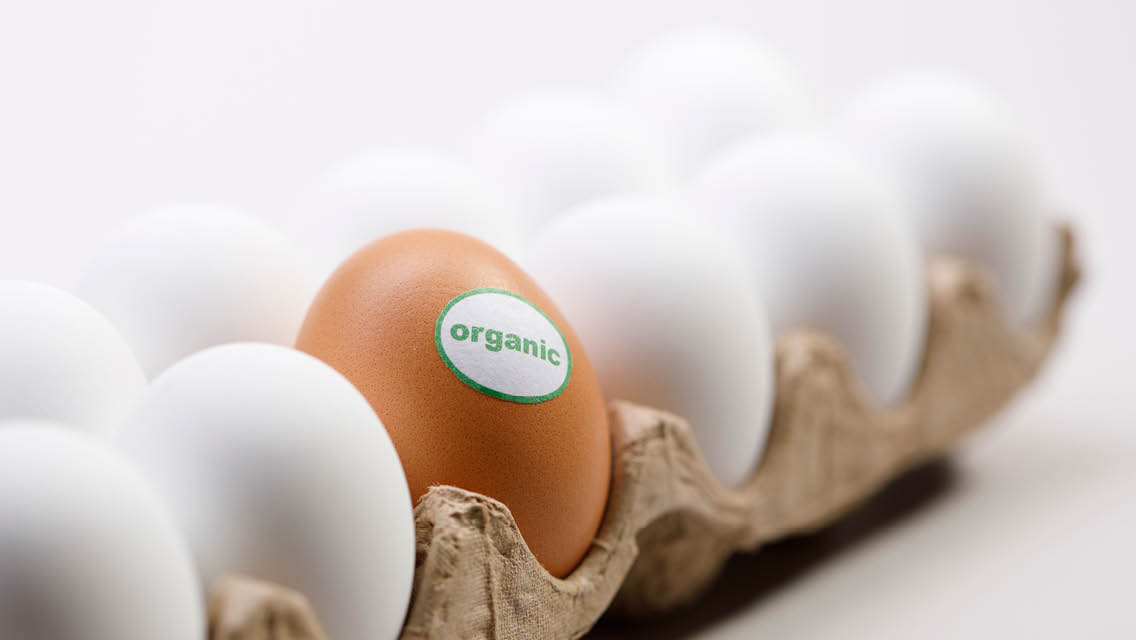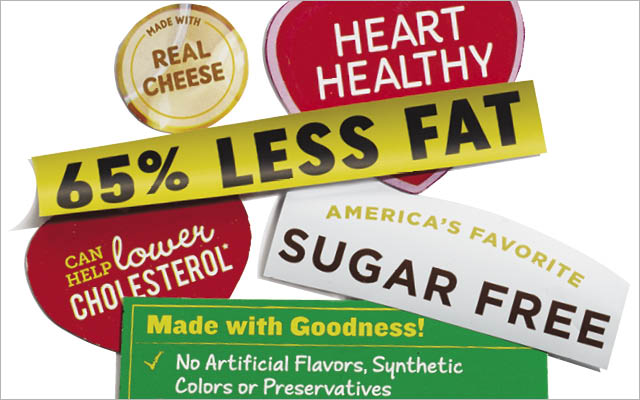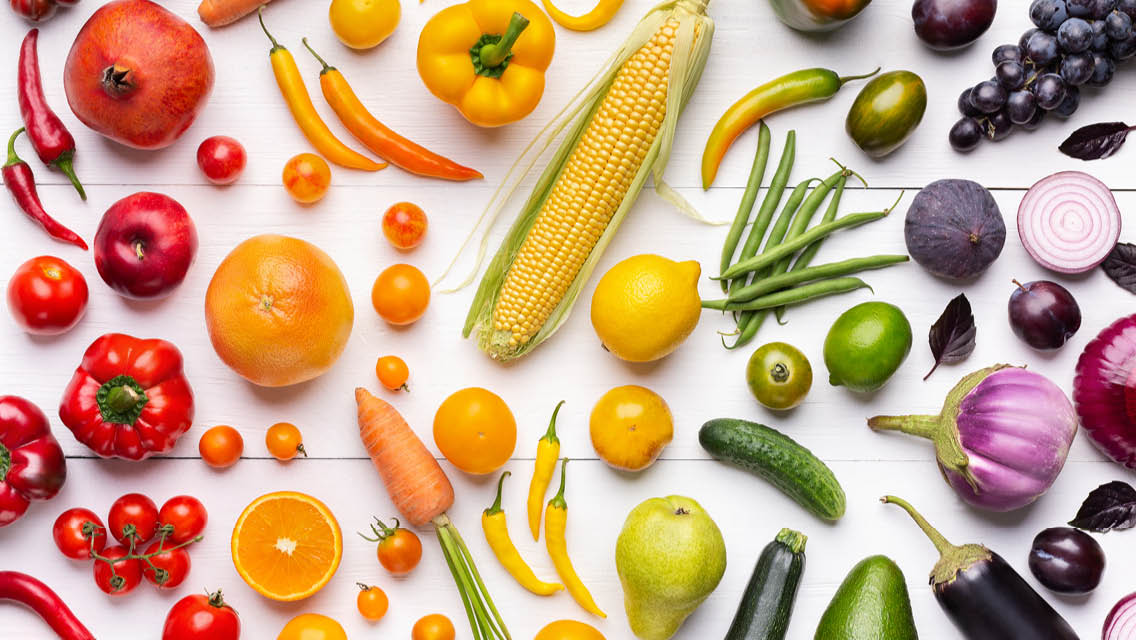“Organic”
This term was once open to interpretation, but the strict National Organic Program certification process has been governed by the U.S. Department of Agriculture (USDA) since 2001. For a product to win a USDA Organic label, at least 95 percent of its ingredients must have been grown or processed without most synthetic fertilizers or pesticides, among other standards. The Made With Organic Ingredients label means that a minimum of 70 percent of ingredients — but not all — meet the standard.
Note that many organic foods are imported from countries where pollution is not as regulated and so can contain heavy metals and other toxins. Also, USDA organic certification is time-consuming and expensive; some small farms may produce organic foods but not be able to afford the certification process.
And “organic” doesn’t necessarily mean healthy: Organic cookies, chips, and more can still be loaded with sugar, salt, and unhealthy fats. It also doesn’t mean a product was humanely produced.
This was excerpted from “How to Read Misleading Food Labels” which was published in the July/August 2022 issue of Experience Life.





This Post Has 0 Comments